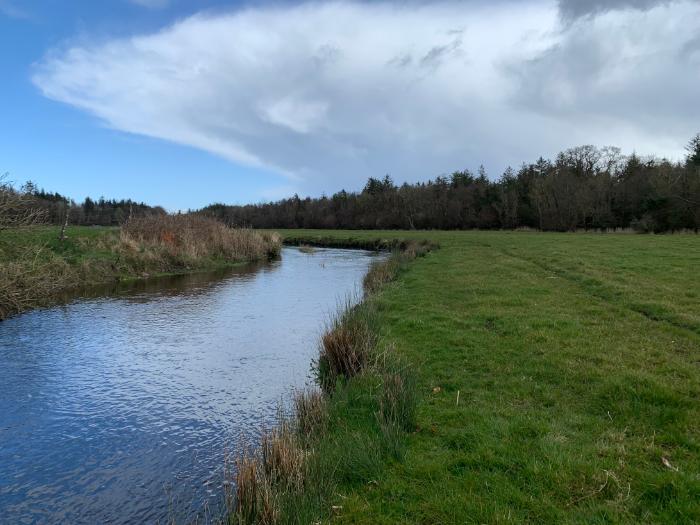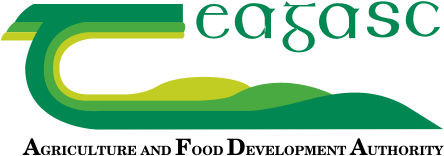
Streamlining Water Quality Improvements in Galway/Clare
The EU Water Framework Directive states that all surface water must achieve at least Good Ecological status by 2027.
By By Sinead Devaney, ASSAP Adviser, Teagasc Galway/Clare
Previously I wrote about The Agricultural Sustainability Support and Advisory Programme or ASSAP, which is a free and confidential advisory service for farmers in priority areas for action, for water quality. The aim of the programme is to support farmers to implement actions on their farms to help improve water quality. The EU Water Framework Directive states that all surface water must achieve at least Good Ecological status by 2027. The ASSAP programme is well-supported by the farming organisations and this is vital in communicating and informing farmers about the programme and its key messages. Funding and collaboration with other bodies includes Department of Agriculture, Food and the Marine (DAFM), Department of Housing, Local Government and Heritage (DHLGH), Local Authority Waters Programme (LAWPRO) and Dairy Sustainability Ireland.
A year down the road, the new Farming for Water EIP, which is a European Innovation Partnership (EIP), to provide €50 million to some 15,000 farmers up to the end of 2027, is well-bedded in with a steady stream of applications submitted to the Farming for Water team. The EIP is funding measures which will deliver on improving water quality. These include stream fencing, alternative water supply, nose pumps, solar pumps, fenced margins, riparian buffer zones, hedge and tree planting etc., for farms within Priority Areas for Action. There are over 40 measures to choose from which include completing a rainwater management plan, a farmer training course and a Nutrient Management Plan.
The key point to note is that the Farming for Water EIP is a targeted project, targeted to Priority Areas under the Water Framework Directive, and furthermore within these areas priority is given to farms that have received an ASSAP advisory visit in the years since the ASSAP programme commenced in 2018, to restore water quality to good status. These are farms that may, for example, have been recommended to fence off a watercourse and provide an alternative drinking water supply for animals, or perhaps put a riparian buffer area in place to protect against nutrient run-off such as Phosphorus and sediment from making their way off the land and into watercourses (stream or open surface drain). At the time of recommendation these water quality measures were not covered by any financial incentive and still are, for some farms, in excess of legislative requirements and therefore were not acted upon, by the farmer. The Farming for Water EIP now provides this financial incentive to carry out the necessary water quality measures.
As an ASSAP Advisor for County Galway, I work with drystock farmers to draw up and submit EIP applications. Dairy farmer applications are made by the ASSAP advisor in their Dairy Co-Op. Currently I am working with farmers in two of these priority areas: the Owenriff catchment in Connemara spanning the Oughterard and Moycullen areas and the St Cleran’s Stream catchment which includes the Toberdoney and Carra streams spanning the Loughrea, Kilrickle, Craughwell and Kilcolgan areas. In County Clare my counterpart is Paula Browne. Paula works in the Priority Areas for Action (PAA) in Co. Clare. One such area is a Blue Dot area (a term given to the most pristine, high status water quality rivers) of the Lower Graney catchment. The main areas of focus for Paula include Broadford, Lickeen, Carrigaholt, Doonbeg, Shallee and Bleach and Lough Graney.
Paula and I work closely with LAWPRO who work on behalf of Ireland’s local authorities to protect and restore good water quality in our rivers, lakes, estuaries, ground and coastal water, through catchment science and local community engagement. When the catchment scientists find issues related to agriculture, they contact me to offer of a free farm visit one-to-one with the farmers in the area. The purpose of the visit is to meet with the farmer and assess the farm for any potential issues that may be having an effect on water quality in the local catchment and to discuss the measures that can be used to address the impact on water quality. When a number of farmers in an area put measures in place to improve water quality, this gives best results in improving water quality.
There is a role for everyone, however, farmer and community to deliver water quality improvements and protect high status rivers.
In the past week the Local Authority Waters Programme held two community information meetings – one in Furbo and one in Letterfrack, to discuss water quality work carried out to date in Connemara and plans to expand into Connemara south. As ASSAP Advisor I was on hand to meet with farmers and provide information on the ASSAP service and the Farming for Water EIP project.
The Farming for Water EIP is a pilot project which is open on a continuous basis up to 2027. It is targeted to farmers whose land is in these priority catchments where targeted water quality improvements are needed.

